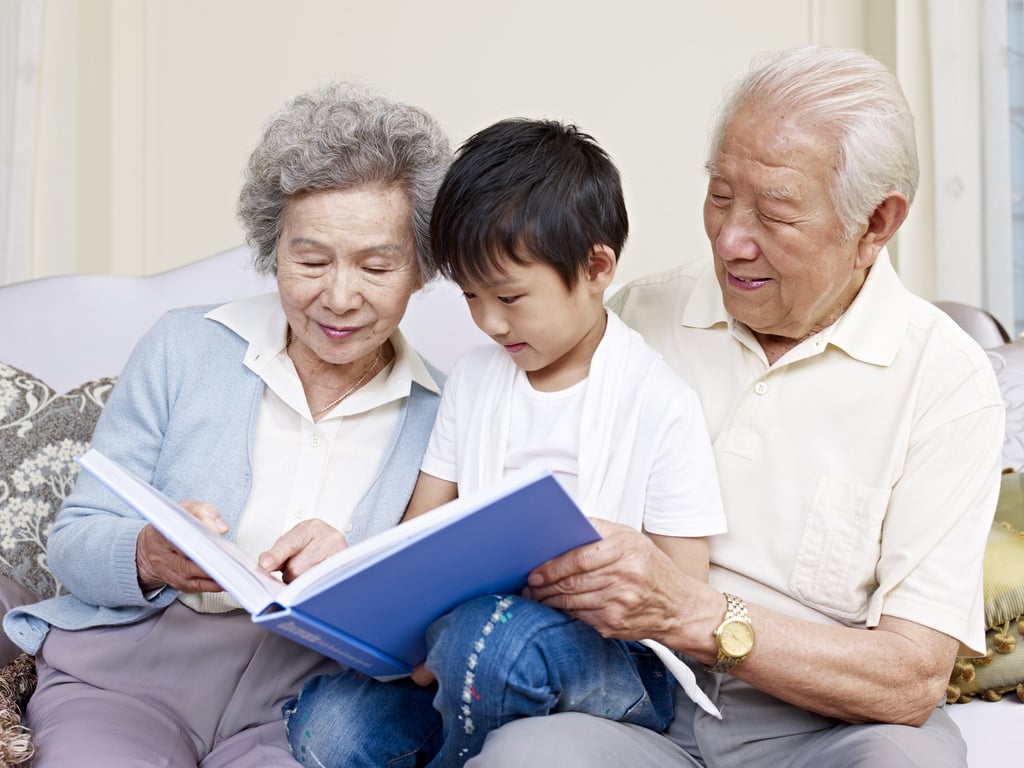
Explainer | Who are China’s ‘elderly drifters’? Seniors on the move domestically and overseas face language barriers, culture shocks
- China’s over-60s make up 7.2 per cent of migrants, about 18 million people
- Treated as ‘servants’ by family, stuck indoors with grandchildren, they often feel lonely
It used to be that the twilight years were a time to settle down in one place and enjoy a peaceful retirement. But things have changed in China.
Today, it is common for the country’s elderly to become either domestic or overseas migrants.
In China, life expectancy for men is 78 and for women, 79. However, people over the age of 60 account for 7.2 per cent of the mainland’s domestic migrating population, according to the latest Development of the Migrant Population Report.
That is about 18 million people, more than twice the population of New York.
Just under 70 per cent of such people relocate voluntarily to reunite with their families, the report said.
They are referred to as elderly drifters, or lao piao in Mandarin. Of China’s 297 million-strong ageing population, six per cent fall into this category.
About 10 million Chinese migrants live overseas, where they face the added challenges of language, culture and loneliness.
The Post delves deeper into the lives of China’s migrating elderly.
Drifting away

The term was adapted from “Beijing drifters”, or bei piao, which refers to highly ambitious people who leave their hometowns to seek job opportunities in China’s capital city.
The phenomenon is closely related to urbanisation in China. The phrase describes a way of being which lacks belonging to a specific place.
This is because the country’s existing residential system, known as hukou, makes it difficult for drifters to obtain a permanent local residency.
Despite the declining overall size of China’s migrant population, the number of elderly drifters has been increasing, according to the report.
Top destinations for elderly drifters include Beijing, Shanghai, Guangzhou, and Shenzhen, similar choices to that of younger migrants.
Most move to be with their children and possibly to care for grandchildren.
Elderly drifters are more commonly seen in “dual-income families”, where both spouses work and lack the time to care for the next generation.
Outsiders indoors
“Just as young migrants struggle to get by in cities, seniors who move to the metropolises will encounter even more trouble,” Zhou Xiaozheng, a sociology professor at Renmin University of China in Beijing, told China Daily.
Most elderly drifters have to deal with loneliness.
They usually speak regional dialects, prefer food from their hometowns and maintain habits that are different from their new neighbours.
More than 80 per cent of the elderly migrant population have never taken part in community activities, according to a 2017 report.
During the day, they are often left home alone caring for their grandchildren, often without recognition.
“I’m like an unpaid servant,” an elderly drifter told the Shanghai media outlet, Sixth Tone.
Lonely struggle

There are currently 10 million international migrants from China.
Large numbers of them live in Canada, Italy, Australia, the Republic of Korea, Japan, the United States and Singapore, according to a 2022 UN report.
Most of them hardly speak a word of the local language, and are completely isolated from the local community.
Within the family, they often have to learn different parenting philosophies – possibly cultural – and tend to be considered too protective of children.
While the children are growing up as second-generation immigrants, receiving an education in the adopted location of their parents, the cultural gap between them and the elderly widens.
Communication with their grandparents also becomes a challenge because of their limited knowledge of Chinese.

